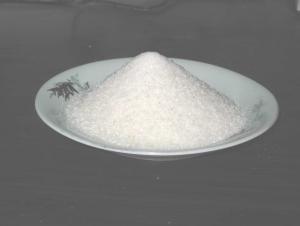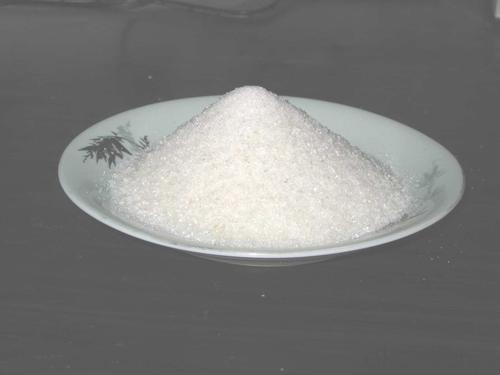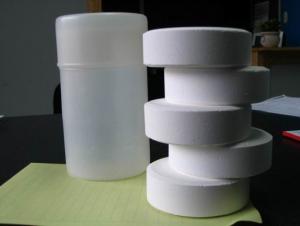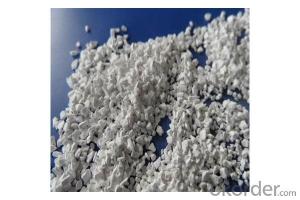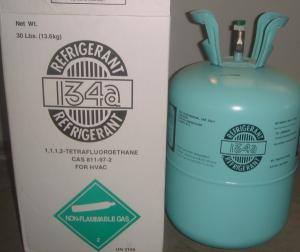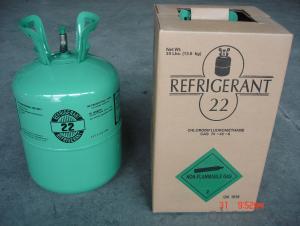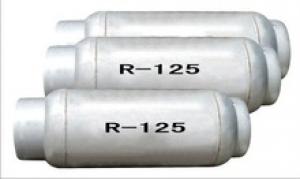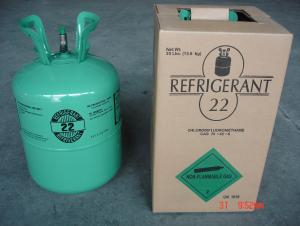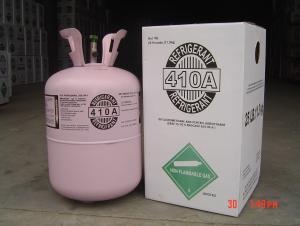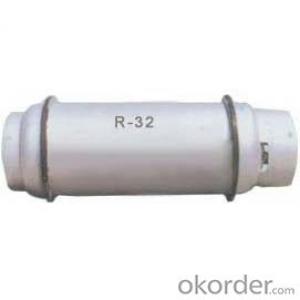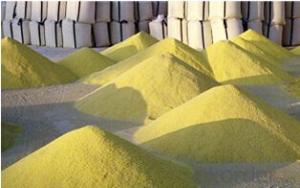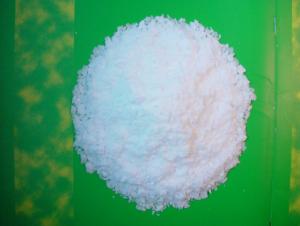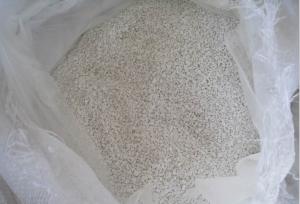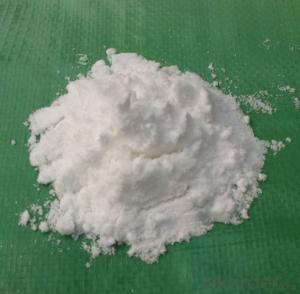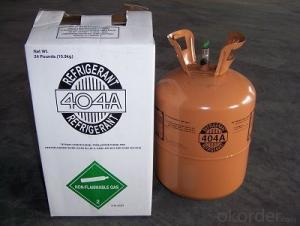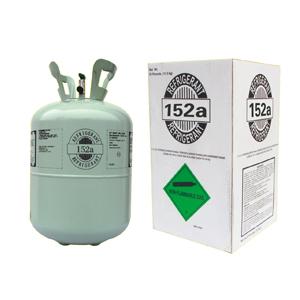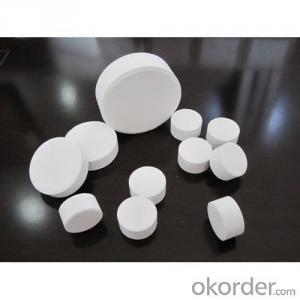Stearic Acid From Indonesia Factory
- Loading Port:
- Tianjin
- Payment Terms:
- TT OR LC
- Min Order Qty:
- -
- Supply Capability:
- 8000MT/month m.t./month
OKorder Service Pledge
OKorder Financial Service
You Might Also Like
Stearic acid
Formula: C18H36O2
Structural Formula:CH3(CH2)16COOH
Product Description:
Shaped like Lump, flake; Saturated fatty acid mainly with C16 and C18, white flake solid at ambient temperature, not dissolved in water, slightly dissolved in benzene and carbon bisulfide, and easily dissolved in hot alcohol. No smell no poison. It has the general chemical properties of organic carboxylic acid.
Physicochemical Properties:
pure product is white with a shiny soft small pieces, melting point 69.6 degrees, the boiling point of 376.1 degrees. Relative density 0.9408, refractive index 1.4299, slowly volatile in the 90-100 degrees. Slightly soluble in cold water, soluble in alcohol, acetone, soluble in benzene, chloroform, ethyl ether, carbon tetrachloride, carbon disulfide, toluene and so on.
Specification:
Item | Index | |||||
Grade No. | 1842 | 1838 | 1820 | 1860 | 1870 | 1880 |
Iodine value gI2/100g ≤ | ≤5.0 | ≤5.0 | ≤5.0 | ≤6.0 | ≤7.0 | ≤8.0 |
Saponification value mgKOH/g | 206~211 | 206-213 | 214-216 | 193-220 | 193-220 | 192-218 |
Acid value mgKOH/g | 208~210 | 210~211.5 | 214-225 | 182-218 | 192-218 | 193-220 |
Chroma (Hazen) ≤ | ≤60 | ≤80 | ≤100 | 200-400 | ≤150 | 400 |
Freezing point °C | 54~57 | 54~57 | 55~57 | 54 | 52 | 52 |
Moisture % ≤ | ≤0.2 | ≤0.2 | ≤0.2 | ≤0.3 | ≤0.3 | ≤0.3 |
Inorganic acid % ≤ | 0.001 | 0.001 | 0.001 | 0.001 | 0.001 | 0.001 |
Suggest Uses:
Mainly for the production of stearic acid salts: Widely used system for cosmetics, plastic cold-resistant plasticizer, release agent, stabilizer, surfactants, rubber vulcanization accelerator, waterproof agent, polishing agent, metal soap, metal mineral flotation agent, softeners, pharmaceuticals, and other organic chemicals.
In addition, oil-soluble pigments can be used as solvents, crayons transfer slip agent, waxed paper lighting agent, stearic acid glyceride emulsifier, etc..
Packing :25/50kg in PP bag ,25MT/20GP
Product Storage:
in dry warehouse ventilation should be more than 10mm from the ground to avoid damp products in the above-mentioned conditions, from the date of delivery for one year shelf life.
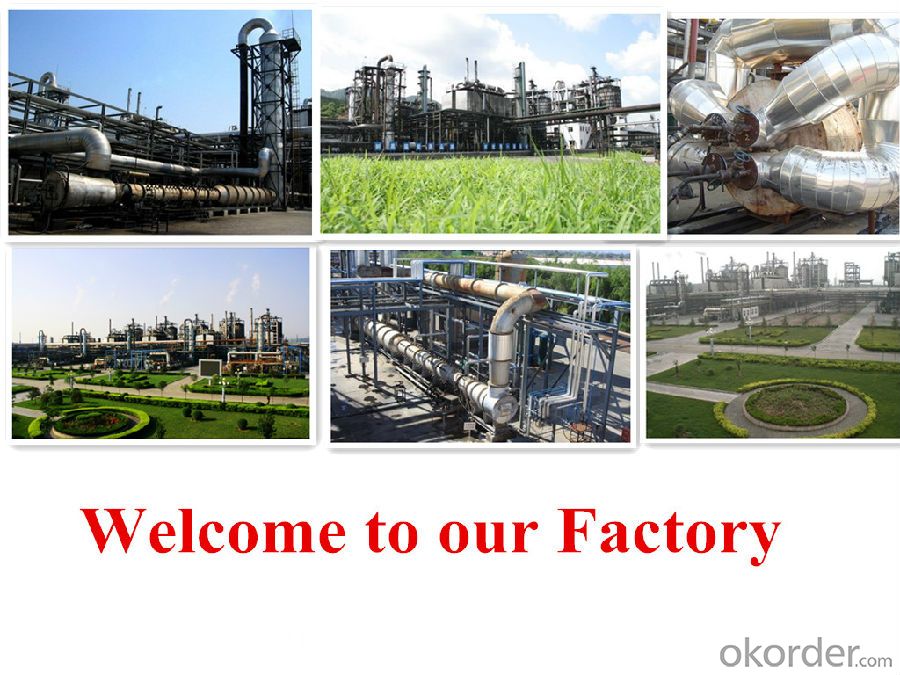
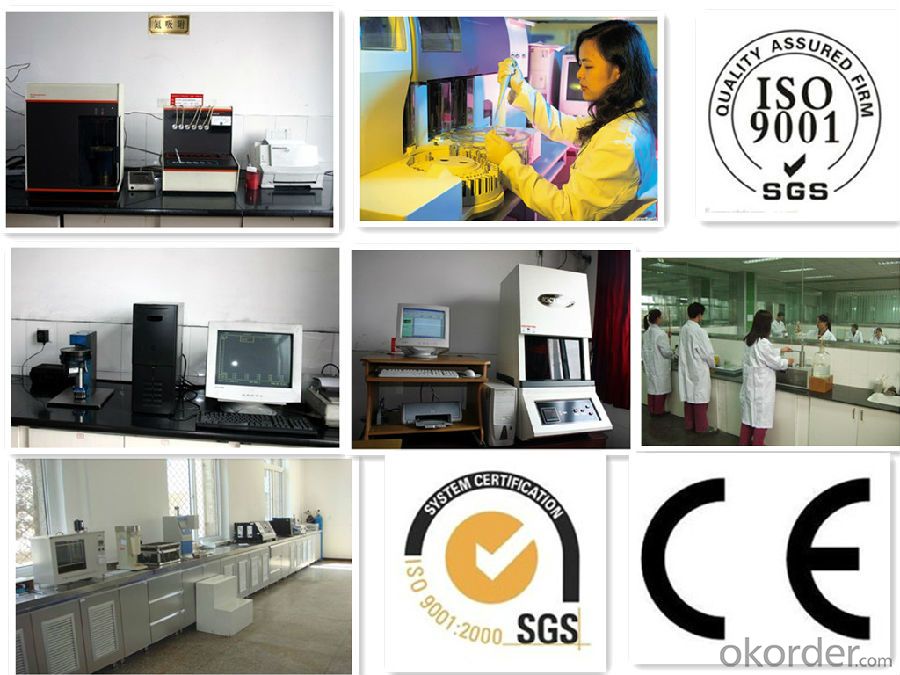
- Q: What is the isomeric structure of oxygen-containing derivatives?
- Play the Transformers. As long as the same molecular formula, you can group out how many different structures, there are a number of isomers.
- Q: What is the difference between an aromatic compound and a hydrocarbon derivative?
- The aromatic compound is a benzene ring containing compound, which may be a hydrocarbon or a hydrocarbon derivative. Hydrocarbons are hydrocarbon-containing compounds, and hydrocarbons containing hydrocarbons other than hydrocarbons are derivatives of hydrocarbons. The two concepts have crossed.
- Q: Does the carboxylic acid react with the Grignard reagent?
- Reaction. Grignard reagent is an organic strong base, first and the acid reaction of carboxylic acid to produce magnesium salt, and sometimes further nucleophilic attack, control conditions will get different products, but the first acid-base reaction is unavoidable.
- Q: The functional group of the derivative of the hydrocarbon
- Common functional groups are: carbon-carbon double bond, -OH-COOH-CHO-NH2, often react, replace (including halogenation, nitration, sulfonation, esterification, hydrolysis, etc.), addition, elimination, addition polymerization , Organic matter oxidation and reduction, color and so on.
- Q: The main role of sugar?
- The energy of life
- Q: Which acid is strong for carboxylic acid and carbonic acid?
- Usually carboxylic acid
- Q: What is the most primitive person on earth?
- In the 4 billion years ago, the Earth's water environment, the atomic group into molecules, the formation of a new four-balance body, and the Earth in the formation process, has gathered a lot of interstellar organic molecules, these molecules combined into macromolecules, Of the gravitational field and the anti-gravitational field to find the appropriate combination of objects. Macromolecules, molecules and atoms are also dependent on the formation of the force field to find the appropriate combination of objects, the formation of a new complex four-force balance body, where the gravitational field to play a long-range attraction (5-20 atomic diameter), which It also limits the macromolecules to obtain the desired combination of objects on a large scale, so macromolecules are combined into a moving tissue form, the most primitive marine microorganism. The macromolecules that move can mainly use the method of orienting the electromagnetic force to gradually develop into the original tissue that can swim in the water, so they can obtain a large amount of food (four-force balance) and accumulate some molecules in the body , These molecules in the original microbial parent force field guidance, combined with the mother similar to the new micro-organisms, these primitive microorganisms is essentially a complex macromolecule formation of the four balance body, which is the prototype of biological gene replication.
- Q: Is fatty acid and carboxylic acid the same thing?
- A fatty acid is a carboxylic acid which refers to a carboxylic acid having only a chain hydrocarbon group
- Q: Is the plexiglass intermediate?
- Acrylic acid and its ester polymerization of the polymer obtained collectively referred to as acrylic resin, the corresponding plastic collectively referred to as polyacrylic plastic, in which the most widely used polymethyl methacrylate. Poly methyl methacrylate abbreviation for the PMMA , Commonly known as plexiglass, is so far the most transparent synthetic material quality.
- Q: What are the sugar stocks?
- Gui sugar shares (000833): the company is based on sugar, paper-based, China's largest comprehensive production of sugar one of the enterprises.
Send your message to us
Stearic Acid From Indonesia Factory
- Loading Port:
- Tianjin
- Payment Terms:
- TT OR LC
- Min Order Qty:
- -
- Supply Capability:
- 8000MT/month m.t./month
OKorder Service Pledge
OKorder Financial Service
Similar products
Hot products
Hot Searches
Related keywords
